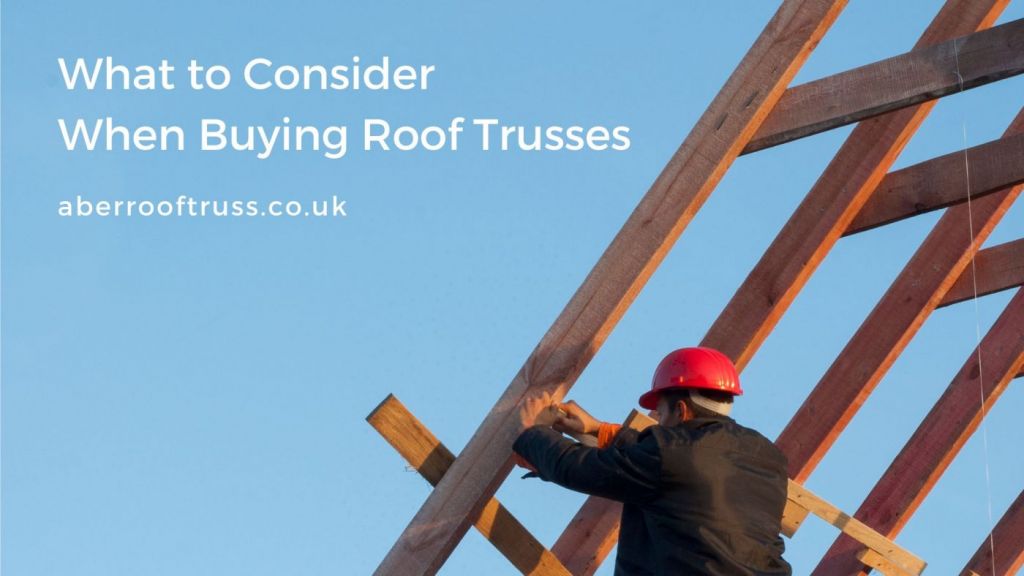
Roof framing has evolved so much over the last few decades. While we used to rely on rafters to provide framing for our roofs, more and more people are finding that a roof truss system is not only more economical but also faster and simpler as part of the whole process.
Roof framing ranges from the simplicity of pre-fabricated roof trusses to the complexity of assembling a complex roof design entirely from scratch. This article will cover only basic truss construction, as this is the recommended procedure for novice builders.
What are roof trusses?
Roof trusses are a pre-built series of structural members designed to bear the full load of the roof, distributing weight along the outside walls. These are designed and manufactured off-site in our warehouse and delivered to you to work in sequence with your build.
Our job for the roof manufacturing process is to make things as easy as possible. Trusses are ordered through your supplier (possibly us) and are built using state of the art technology, to fit your specification perfectly.
What specifications do I need for ordering roof trusses?
When ordering with us, you can rest assured that all roof trusses are made to specification.
We take the following considerations into account when designing our roof trusses:
- Slope
- Size of rafters.
- The spacing of racers.
- The length of the overhang.
- The location and size of ceiling joists.
- The size of the ridge beam, and also other bearing beams.
- Load weight.
In roof production and installation, one of the most common mistakes is ordering inaccurate trusses, not accounting for overhang and rake rafters. Placing the rafter on the wrong side of the layout mark. This is also a mistake when accounting for feature trusses. Make sure that you are using a qualified and experienced construction team when getting the information for your trusses.
When you go with a reputable company like Aber Roof Truss, the potential of these mistakes occurring is minimised, as well as having systems and procedures in place that make sure that everything is produced to a high standard.
Once the roof is installed, it will have to be sheathed. It’s true that this part of the job isn’t particularly cheap, however, there are many great roofing companies in the local area who will do a great job when it comes to roofing.
What is sheathing?
The sheathing is the strong layer of wood boards that are attached to your roof’s trusses and joists. This is what a roofer is going to attach the shingles to.
Common Mistakes with Sheathing include:
- Not staggering the seams of the sheathing.
- aligning sheathing with the edge of a roof rather than perpendicular to the rafters.
- Attaching the sheathing the wrong side up.
- Inadequate nailing.
- Panels not meeting in the centre of a truss or rafter.
If you need any help with this side of the project, let us know and we can recommend professional partners that we often work with. We can also offer free advice on ordering your trusses and can assist you fully with the process. Simply contact us to begin your enquiry. Also, check out our case studies for some of our recent projects.
